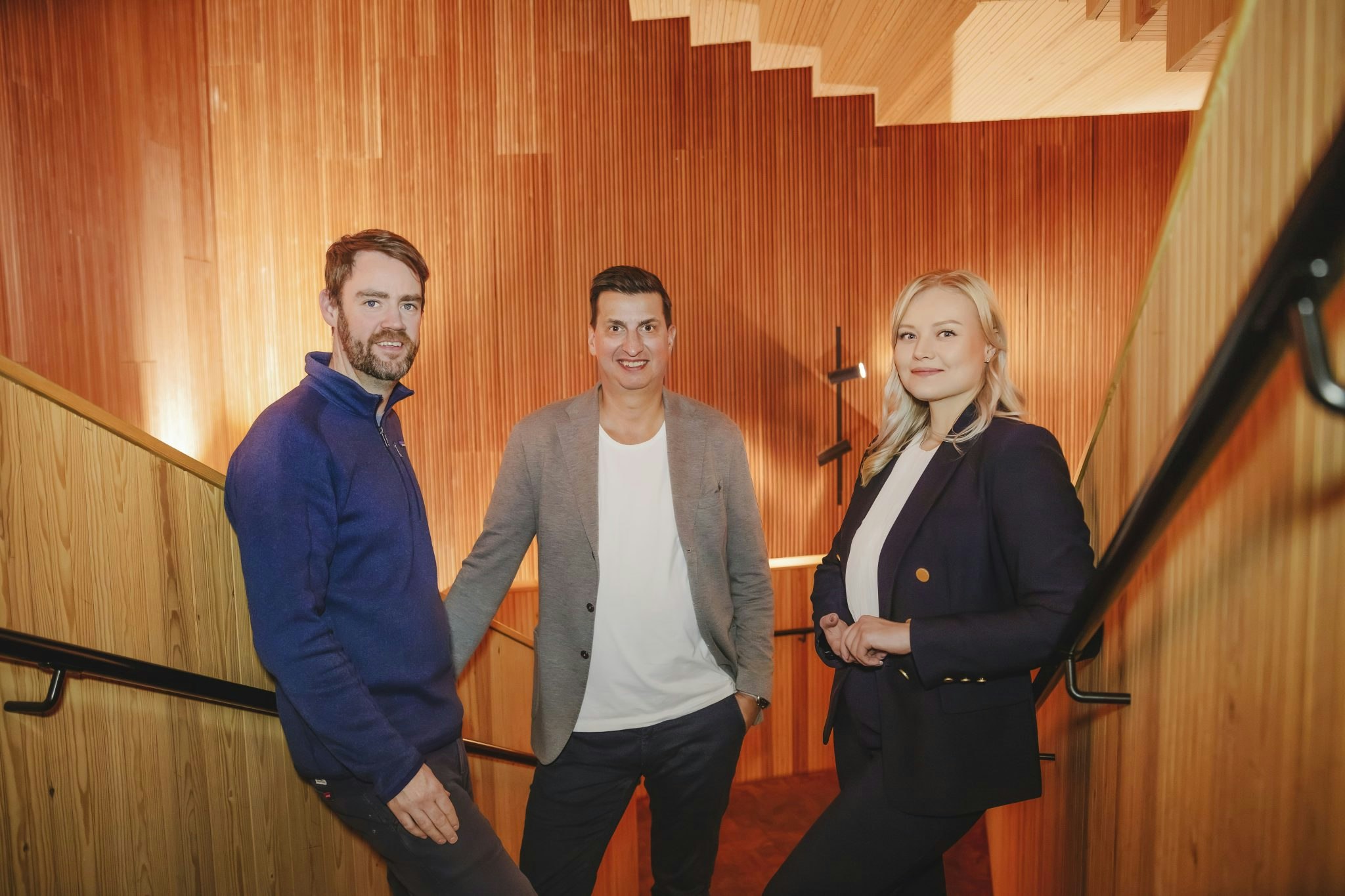Deeptech startups in Europe raised $2.9bn in Q1 this year — the industry’s slowest quarter since Q3 of 2020 and indicative of a wider slowdown for European tech.
But despite that, VCs are still keen on the sector — Silicon Roundabout and Matterwave Ventures both recently announced first closes of funds specifically targeting deeptech startups, and in February Germany’s government pledged €1bn to support growth-stage companies in the space.
The lingering interest could partly be thanks to tech like generative AI and quantum computing, which seem to have dominated startup conversations lately — but what could the industry’s next big changemaker be? VCs share the gaps in the sector they hope will soon be filled by budding innovators.
Hydrogen, green ammonia and battery solutions to climate change

I see deeptech playing a key role in tackling climate change and enabling energy security. I’m particularly excited to see innovation in three promising areas: hydrogen technologies, green ammonia and batteries.
Hydrogen has the potential to decarbonise several sectors through its use in providing domestic heat, fuel for transportation across ground, water and air and as an energy source for sectors like steel and cement production. The opportunity is enormous — but with challenges in safe transport, storage and handling, the space requires significant advancement for it to be commercially viable.
I’m also excited to see advancements in green ammonia. The Haber-Bosch process, which is used to produce ammonia, revolutionised the world a century ago — but also contributes to 1.8% of global carbon dioxide emissions. New materials and modular reactors could potentially revolutionise the sector again by creating clean ammonia with remarkably lower carbon emissions. The infrastructure already exists for storage and transportation, and I am also excited about ammonia’s use in enabling the uptake of hydrogen.
Finally, I’m excited about batteries. Batteries will play a crucial role in accelerating grid integration of renewables, enabling decentralised energy systems and smart grids, optimising energy demand/supply management and monetisation and in the decarbonisation of transport (EVs are essentially batteries on wheels!). Just in the past few months we have seen breakthroughs in high performance solid state batteries, new electrolyte technology and new designs for fast charging lithium metal batteries. I’m excited to see the wave of innovation that may lead to batteries becoming better, cheaper and more ubiquitous as we transition to a net-zero future.
— Rubina Singh, deeptech investor at Octopus Ventures
Software tidying up asset-heavy industries’ supply chains

One of the biggest challenges we see in startups tackling asset-heavy advanced industries, like manufacturing, logistics, healthcare, robotics and automation, is time to value and time to implementation. There is so much disruption potential here for startups using edge computing, 5G connectivity, universal programming platforms and languages and machine learning models.
It's difficult for a startup to build and scale a platform that solves problems of cost, complexity and efficiency by providing an intuitive, user-friendly interface that allows companies to quickly and easily implement, learn and see value.
The winners in this space will deliver the next generation of software layers that solve the difficulty of implementing new technology in complicated industries and make it easier to connect manufacturing companies to the startups developing exciting solutions to streamline the supply chain process. This gap in the market would be serving the most advanced enterprises, as well as the vast number of mid-to-small business manufacturers and logistics providers.
— Philine Huizing, principal at Insight Partners
Green hydrogen applications for ‘hard to abate industries’
2022 was a vibrant investment year for net-zero technologies and sustainable energy, especially in storage and hydrogen. For green hydrogen, most opportunities have come from ventures focusing on its production — solving technical challenges while achieving competitive costs. Although this is important, deeptech solutions are needed to address a growing innovation gap: where green hydrogen can be used as a means to decarbonise hard to abate industries when direct electrification is not possible, like steel. To tackle these difficult subsectors, we would like to see solutions where the focus is not only on the "molecule", but on the application.
Green hydrogen’s full potential will only be realised when it can be deployed at scale in the industries that need it most, which requires deeptech innovation in engineering. And, given that the price increase of green steel or CO2-free fertiliser in end products is around 1%, but has the ability to reduce emissions by 30-40%, the viability of cost versus reward is clear.
The sector is ready for this gap to be filled, as we are also seeing net-zero objectives and increased sustainability regulation driving demand for change. The EU’s Fit for 55 plan requires companies using hydrogen to replace at least 50% of that with renewable hydrogen by 2030 and REPowerEU aims for around 30% of primary steel production in the EU to be decarbonised by 2030 using green hydrogen. These initiatives, together with the pressing need to improve energy security, are creating positive market conditions for innovators and startups that focus on green hydrogen application in hard to abate industries.
— Elena Bou and Jacob Ruiter, executive board members at EIT InnoEnergy
"Bring the AI to the data, rather than bringing the data to the AI"

We're all fascinated by the recent evolution of generative AI and its possible disruptive impact across different application areas. Although we don't yet know what the business models centred around generative AI will look like, it’s a safe bet that many startups will be built based on this technology.
In other words, big cloud ecosystem vendors, together with OpenAI, will be important platform providers for access to Large Language Models (LLMs) and generative AI capabilities.
Today, AI is trained on massive data sets — data is fed into the AI. This presents challenges for companies that want to reap the benefits of generative AI without commoditising their proprietary data asset, or the private data that they’re using to power their technology, by sharing it free of charge with the big LLM-providers. Also, companies that simply can't share their data with a public LLM-provider because of legal or ethical reasons (such as banks, insurance and healthcare companies) won’t fully realise the benefits of the solutions.
I think one of the largest and currently most overlooked opportunities is the ability to turn the model on its head, to "bring the AI to the data, rather than bringing the data to the AI". That is, deploying AI algorithms in a distributed fashion on separate, siloed data sets, but with the ability to bring these together to achieve federated learning/training and insights — without companies having to risk their valuable data leaking.
— Mikael Johnsson, cofounder and general partner at Oxx



